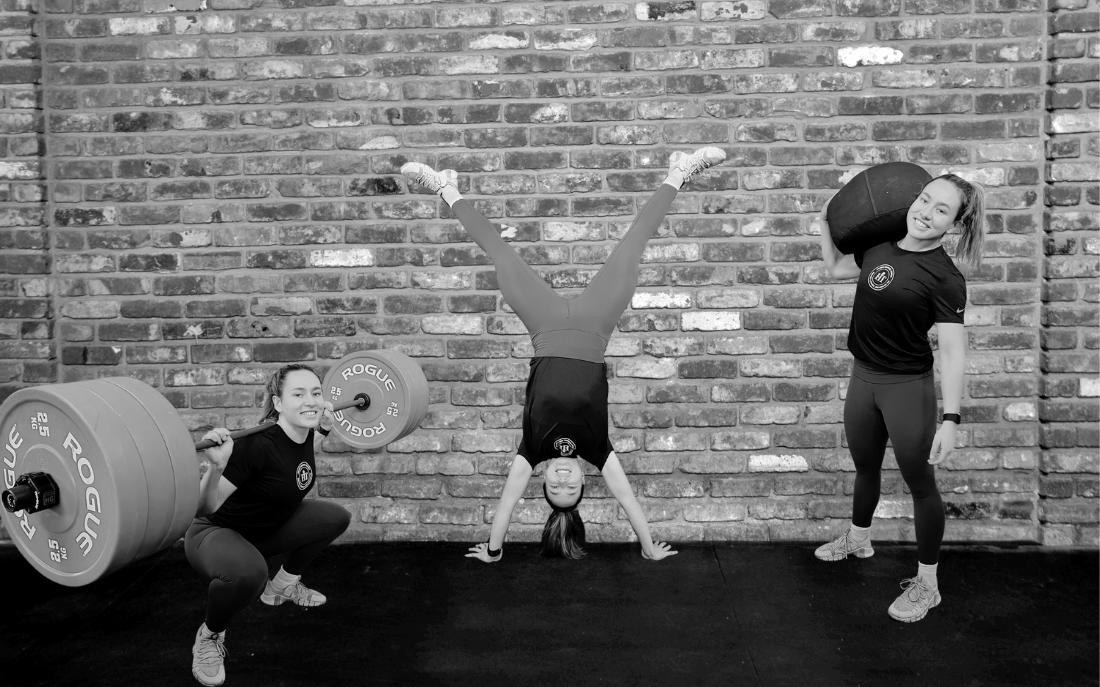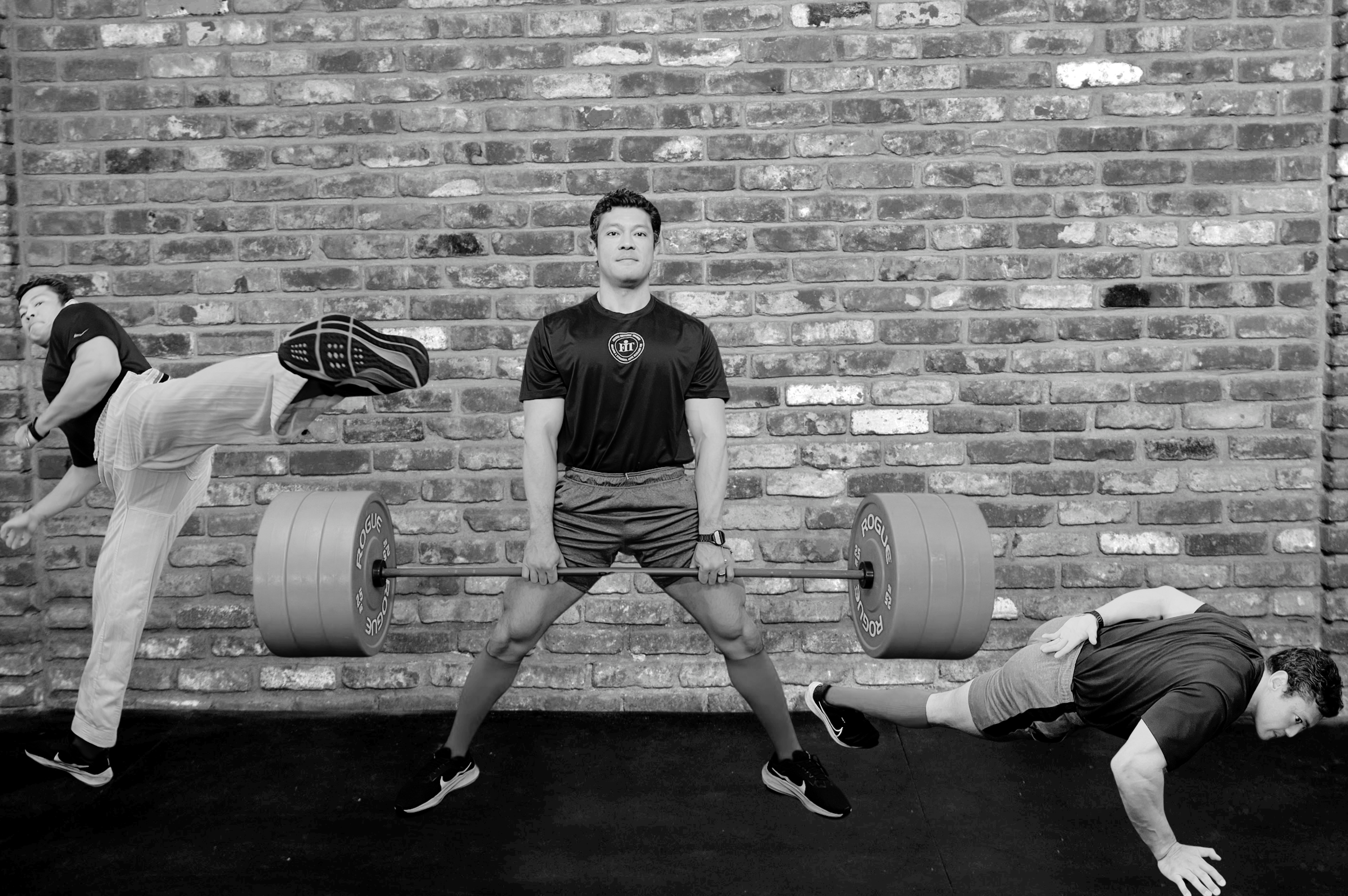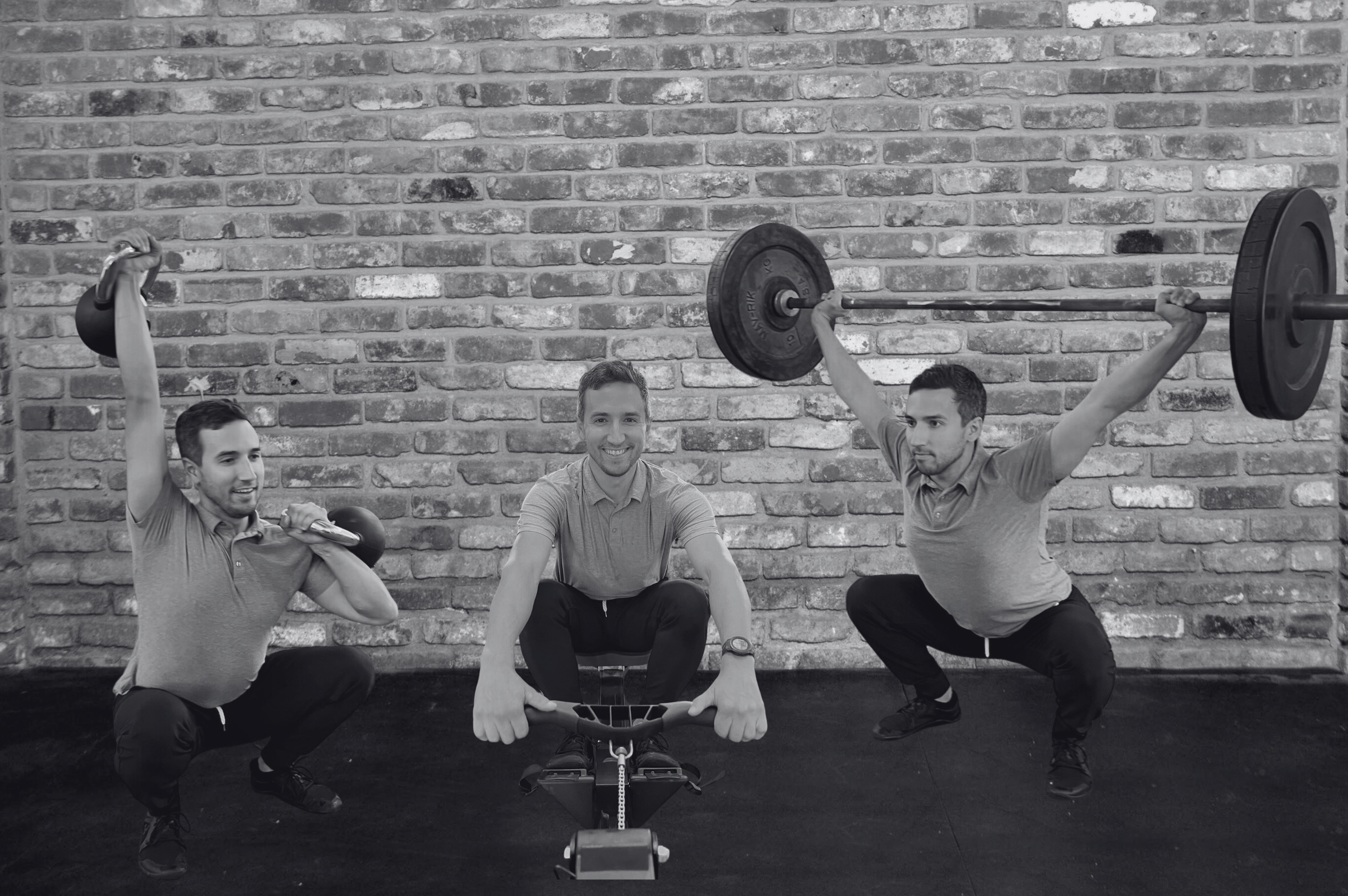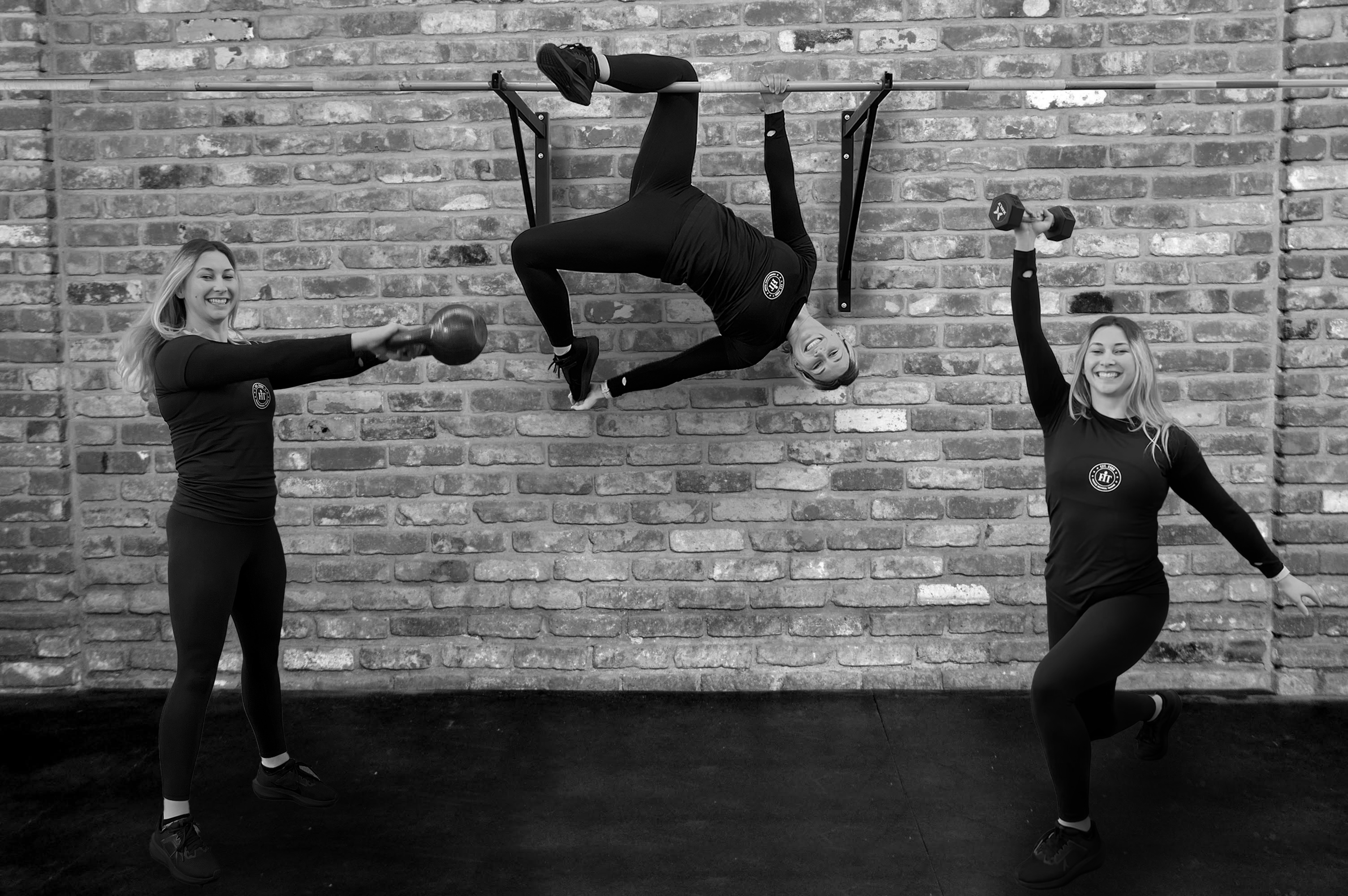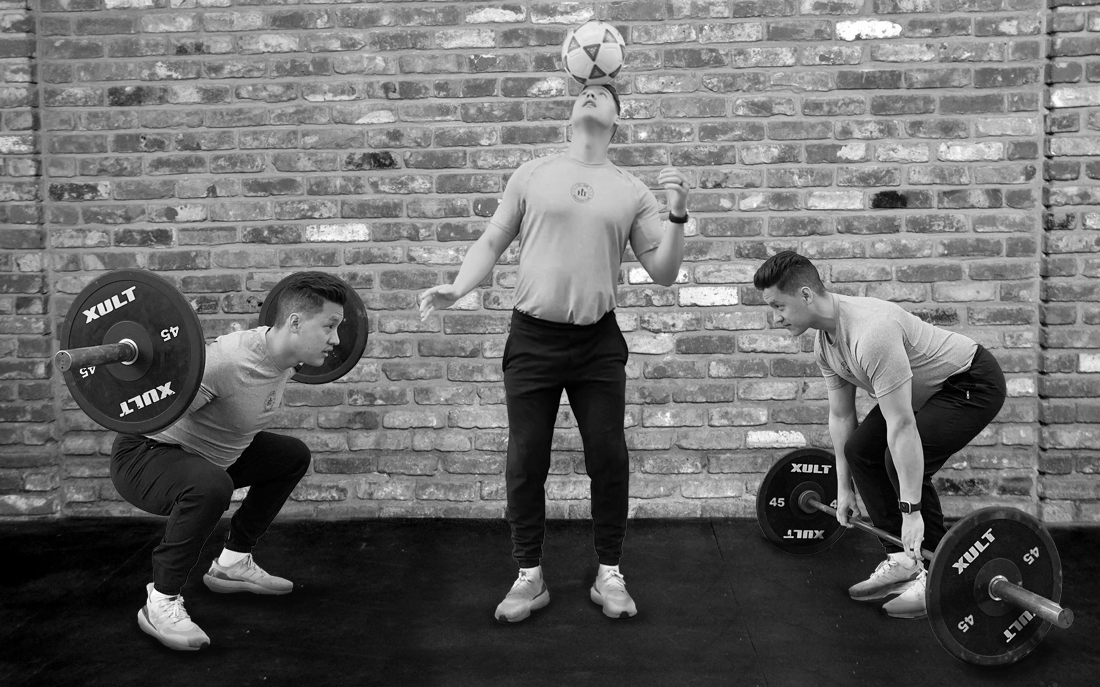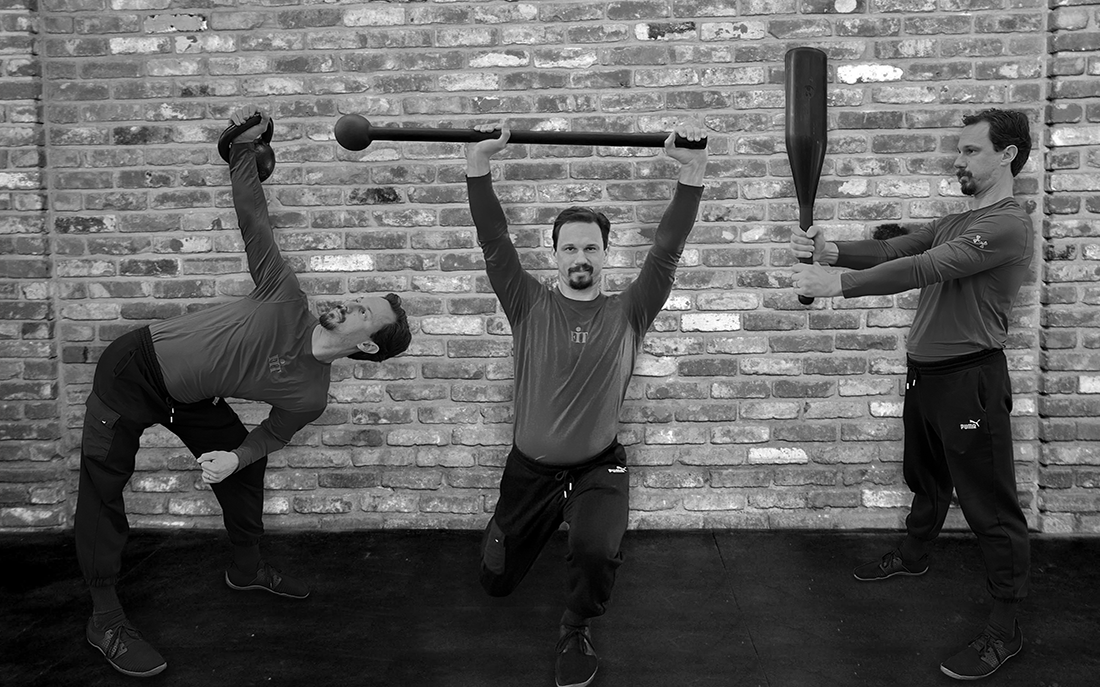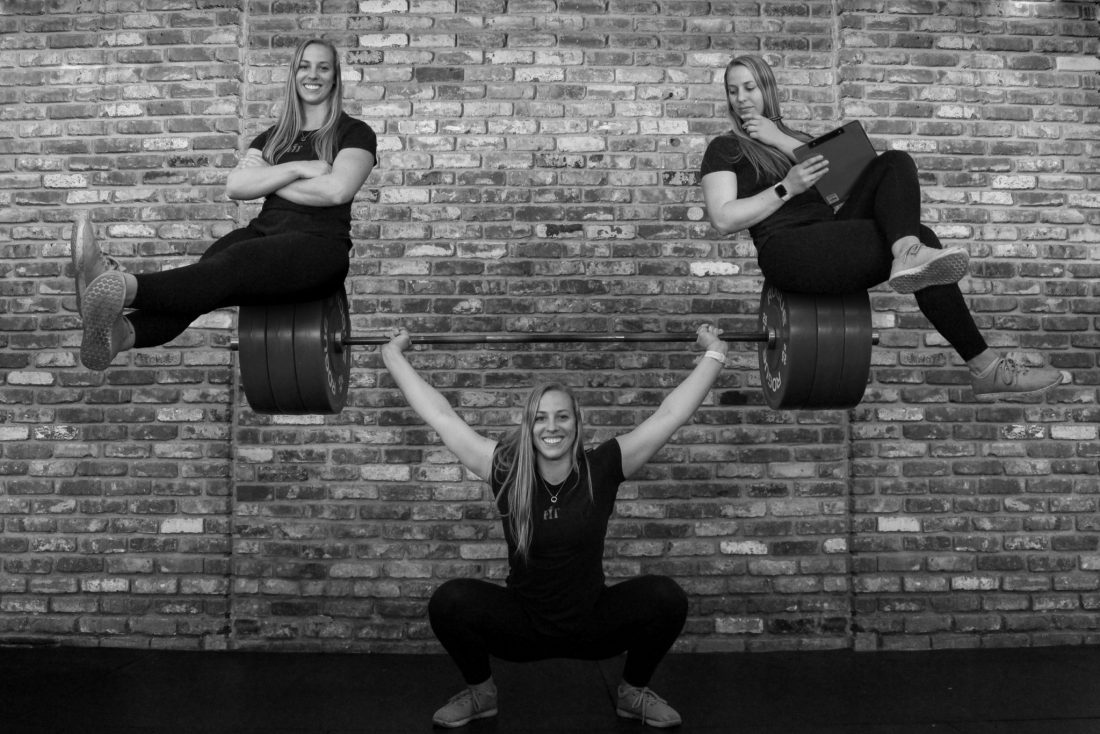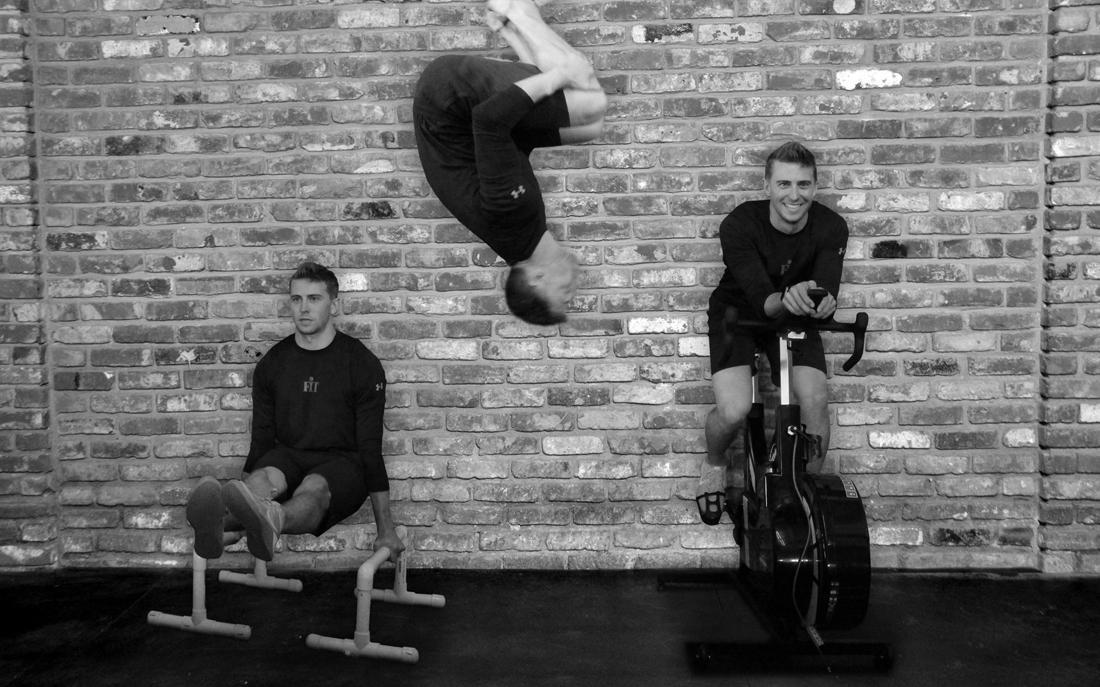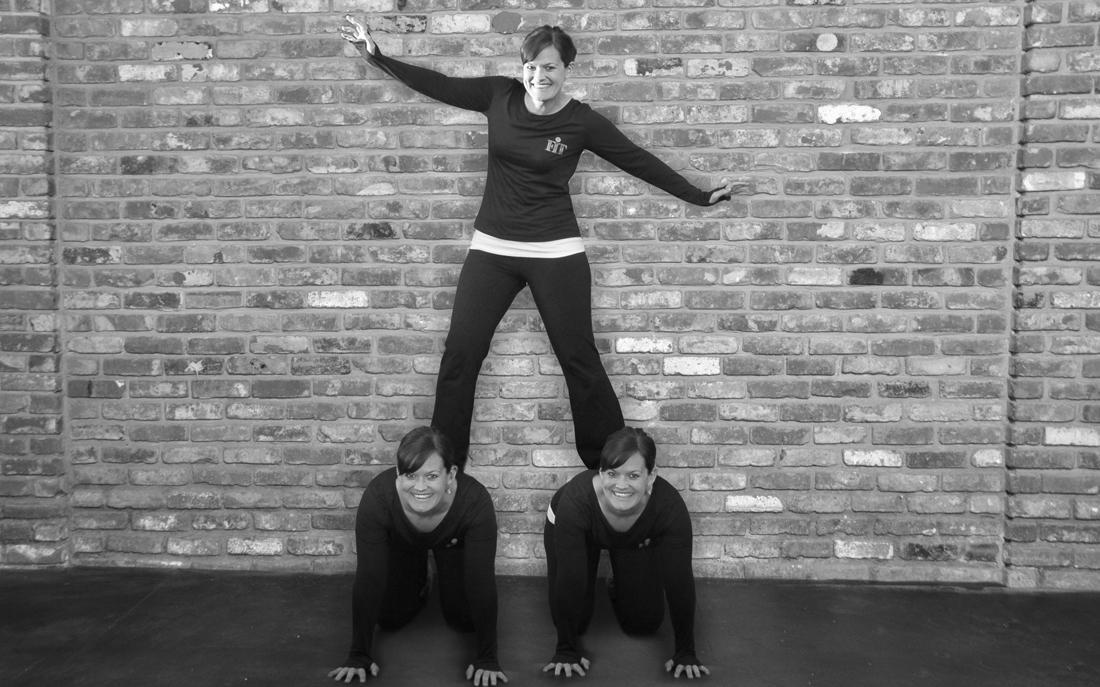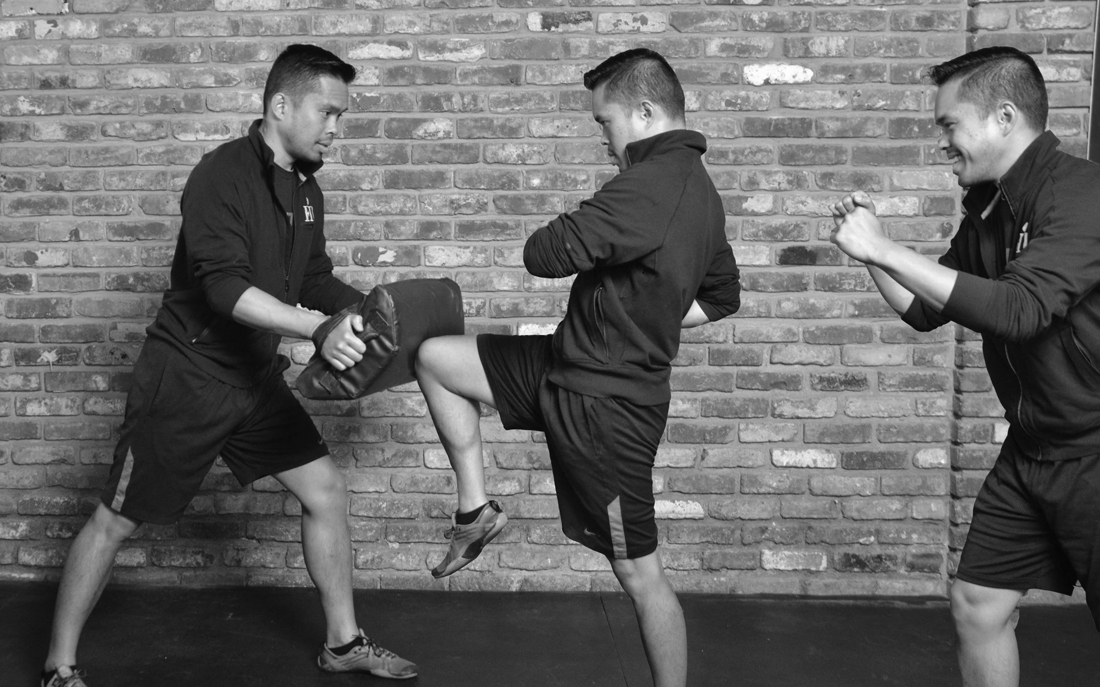I often hear the same question from clients, “Should I do more cardio/endurance or strength training to reach  my weight loss and general fitness goals?” It always depends on the individual, but the best answer is, you need to train using a combination of aerobic and anaerobic exercise.
my weight loss and general fitness goals?” It always depends on the individual, but the best answer is, you need to train using a combination of aerobic and anaerobic exercise.
What is Aerobic and Anaerobic Training?
Aerobic literally means “with oxygen.” Oxygen is required to keep muscles in motion for a long period of time. Muscles use oxygen to metabolize carbohydrates, protein and fat to generate energy through an aerobic or oxidative metabolic pathway. Aerobic exercise includes activities that can be sustained for longer periods of time, such as running, jogging, swimming, cycling, or skiing. Just as aerobic means “with oxygen,” anaerobic means “without oxygen.” While you obviously need oxygen to perform anaerobic exercise, your muscles are not using oxygen during high intensity exercise to generate energy. Instead, the muscles metabolize creatine phosphate and glycogen through the anaerobic metabolic pathways. This supply is limited and therefore can only sustain short, however intense, bursts of activity. Anaerobic exercise includes activities like sprinting and weightlifting.
Why we train using aerobic exercise.
Most of us are familiar with the benefits of aerobic exercise. Just 20 minutes of low to moderate aerobic activity can improve your heart and lung function, blood flow, immune system, and lead to a healthier life. Aerobic conditioning improves endurance, which enables you to train for longer periods of time at higher intensities. Moderate intensity exercise sustained for longer periods of time can result in greater energy expenditure, which contributes positively to weight loss. It’s because of these benefits that many people opt to train only the aerobic metabolic pathway.
So why add anaerobic exercises to my training program?
Most daily activities encountered in sport, work, and life require a combination of energy pathways. During a  tennis match you may need to sprint to get to an opponent’s shot and return the ball. To be efficient in the sport would require anaerobic training, such as sprinting drills and power training exercises. Additionally, research has found that repeated short bouts of vigorous aerobic exercise, such as running, rowing, and jump roping, not only improves aerobic capacity but also provides greater health benefits when compared to moderate intensity exercise (Swain & Franklin, 2006). What about everyday activities like lifting several heavy grocery bags into the back of an SUV, or getting your carry on bag into the overhead compartment on a flight? These tasks don’t take much time but require short bursts of strength and power. Weightlifting can make these tasks easier and safer. So, whether your fitness goals are for greater athletic performance or improved health you can benefit from anaerobic training.
tennis match you may need to sprint to get to an opponent’s shot and return the ball. To be efficient in the sport would require anaerobic training, such as sprinting drills and power training exercises. Additionally, research has found that repeated short bouts of vigorous aerobic exercise, such as running, rowing, and jump roping, not only improves aerobic capacity but also provides greater health benefits when compared to moderate intensity exercise (Swain & Franklin, 2006). What about everyday activities like lifting several heavy grocery bags into the back of an SUV, or getting your carry on bag into the overhead compartment on a flight? These tasks don’t take much time but require short bursts of strength and power. Weightlifting can make these tasks easier and safer. So, whether your fitness goals are for greater athletic performance or improved health you can benefit from anaerobic training.

